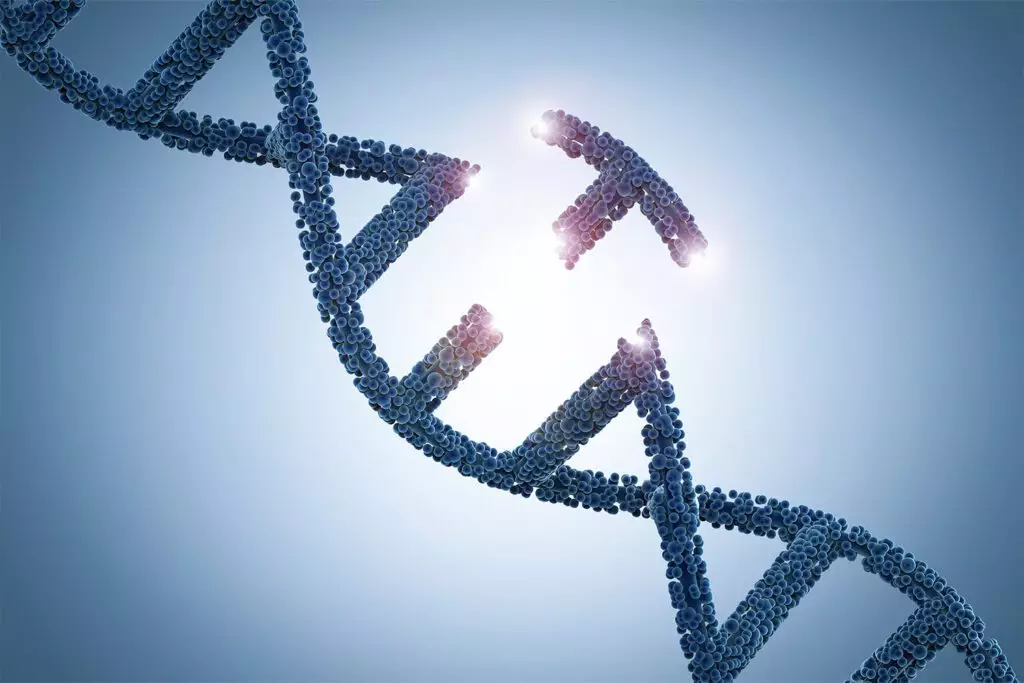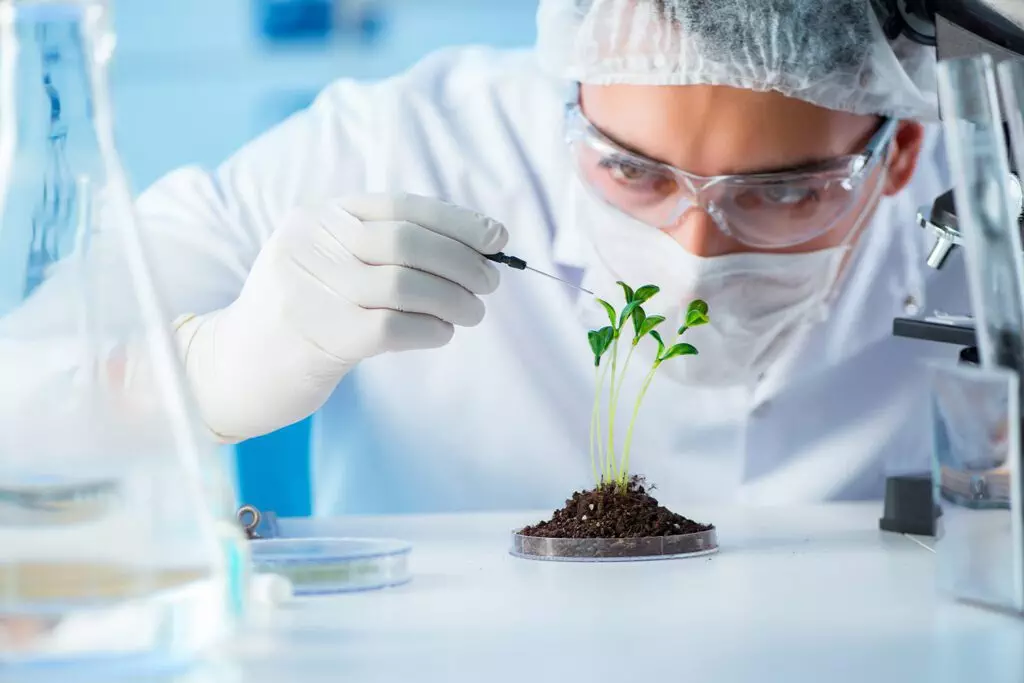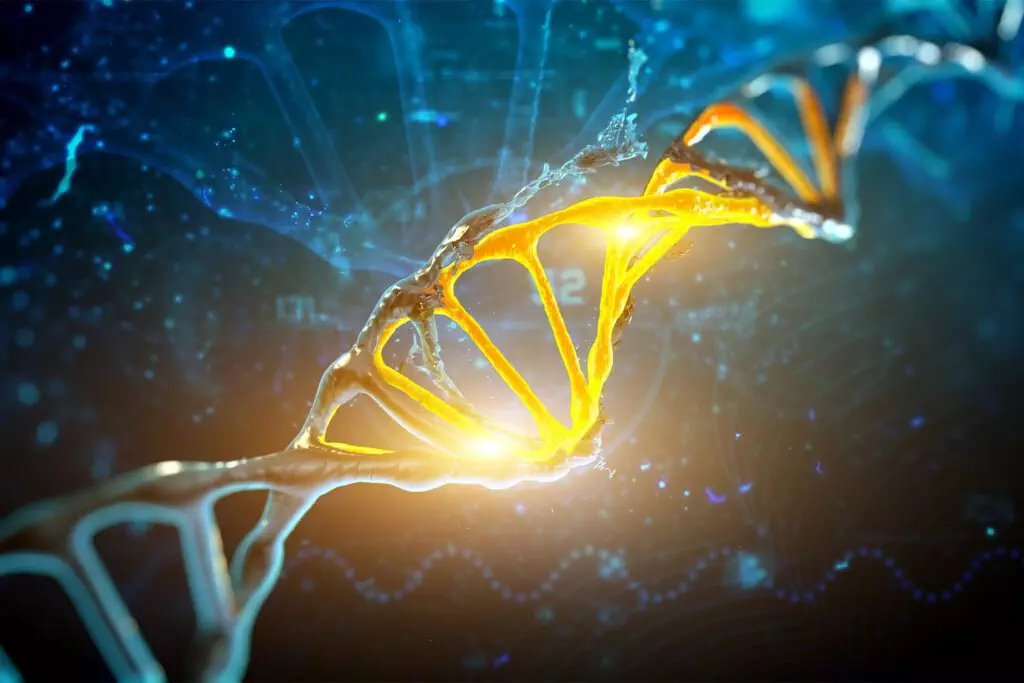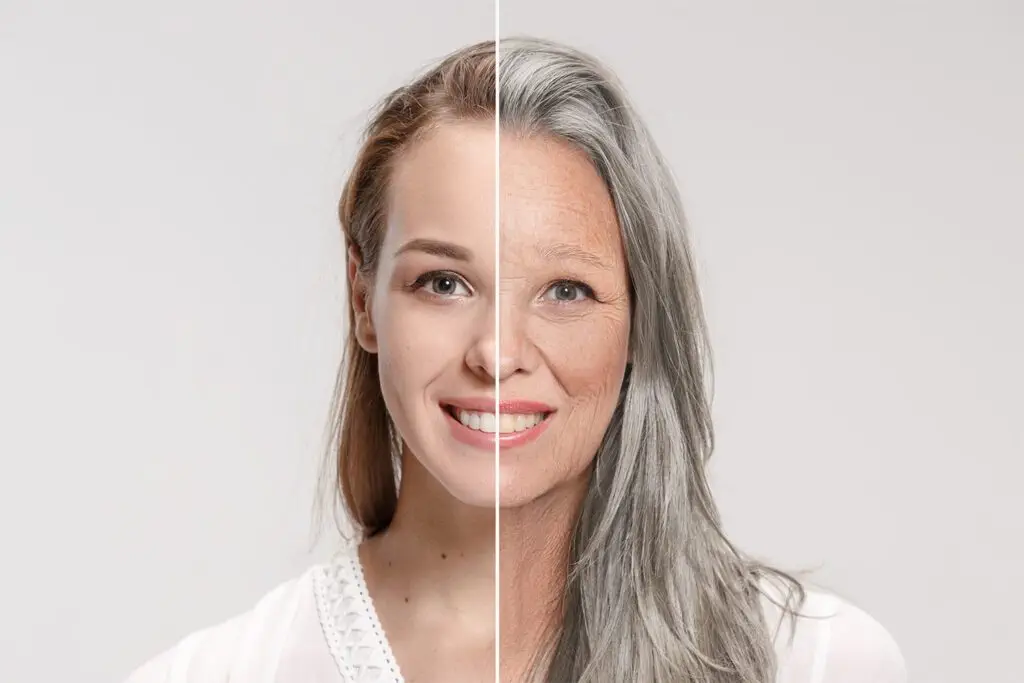The human genome is a complex web that shapes the way we function and separates people from primates from plants. Over time, our genes have become more diverse and complex, changing over hundreds and hundreds of years. These changes are called mutations.
While the words “genetic mutations” typically refer to genetically linked diseases or alterations that are not conducive for life. Realistically, these mutations are happening continually and often go unnoticed when they do not directly affect our daily life or health.
The topic of genetics can be a little overwhelming if you are unfamiliar with the different types of genes and how they work. So let’s just go over a brief overview of how genes mutate over time.
How Genes Mutate
Our bodies are estimated to create 300 billion new cells every day. This occurs via a process called mitosis, in which cells replicate by dividing. Before these cells divide, they must replicate the DNA inside of them through a very complex process.
- DNA’s double helix shape unzips into two separate strands with their own unique coding sequence.
- A primer joins the ends of the separate strands and tells the DNA polymerase enzymes where to begin replicating.
- Following the specific codes on each DNA strand, the new DNA enzymes find their perfect match.
- The new enzymes bind with the original strands, and the primer keeps moving down the DNA until the entire strand is replicated.
Mutations occur during the third step listed above when a mistake is made during code matching. When the DNA gets copied incorrectly, that mutated strand of DNA is now present in the new cell.
When this new cell replicates, the mutated DNA will continue to make copies of more new cells.
Risk factors for gene mutations may include:
- Chemical exposure
- Radiation
- Severe infections or viruses.
Gene mutations can occur when the two alleles from the parents come together to form offspring when brand new DNA is formed for the first time. There are different kinds of mutations that determine how they work or what they affect.
Let’s dive a little deeper into the different types of gene mutations.
Recessive
Recessive genes are those whose attributes will only be expressed in the absence of a dominant gene. In other words, dominant genes will dominate the characteristics of a recessive gene. Still, if the dominant gene for a specific phenotype is not present, the recessive gene will be expressed instead.
Following the same logic, both parent genes must be recessive to present as recessive.
Likewise, recessive gene mutations only present themselves when both parent genes carry the same mutation. It has been found that recessive genetic mutations often cause rejection of the affected gene and lead to a negative impact or loss of function.
Dominant
Dominant genes are the genes whose phenotype is expressed regardless of the presence of another gene. In other words, it dominates the gene it is paired with. If two dominant genes are paired together, they would be dominant for the same trait or phenotype, so the same outcome would arise anyway– they do not have to compete for dominance.
Dominant gene mutations occur in the presence of one dominant mutated gene. Dominant mutations are referred to as dominant positive or dominant negative mutations, as some cause loss of function while others cause a gain of function.
Small and Large
Mutations and their effect can be determined by the size of the DNA segment that has been mutated. For example, if a single base pair on the DNA strand is mutated, only that specific gene has an alteration in function. This is called a point mutation.
An example of this kind of mutation is sickle cell anemia in which one single amino acid alteration is made based on the substitution of one gene. However, if an extended sequence of DNA is mutated, it can affect the function of the organism as a whole by causing chromosomal abnormalities.
Lying under this general umbrella of mutations are a variety of how mutations occur.
- Deletion. In some instances, DNA bases or entire segments are simply lost or dropped from the genetic sequence.
- Insertion. As the name implied, a new DNA segment is inserted into the strand of DNA at a random location.
- Substitution. In this case, one or more base codes are substituted with an alternate base. Our previous example of sickle cell anemia is caused by the substitution of the beta-hemoglobin gene, which causes a change in the structure of the amino acid it produces.
In other substitutions, the segment that is substituting is the same code as the segment that it is substituting, so no real change is made. They are called silent mutations because they virtually go undetected and have no effect on function.
- Frameshift. This last form of gene mutation occurs when a segment of DNA is removed, and the following segments are shifted up in the missing segment’s place, effectively altering the meaning of the segment and how it will be translated.
Gene Manipulation
Mutations are spontaneous and often minuscule over time. However, new technology is opening the door for intentional mutations by manipulating genes with medication and gene therapy. While this is still being deeply researched, success in this field could provide extremely promising results.
Researchers at Genflow Biosciences have discovered SIRT6 genes may be responsible for our aging. If we can manipulate these genes to break down the proteins that age us at a faster rate, aging may virtually be slowed to the extent of helping to increase the human lifespan by nearly twenty-five percent.
Imagine a world where our medicine, overall health, and life expectancy can be specialized to our individual needs. Personalized treatment could revolutionize the entire healthcare industry as we know it.
Conclusion
While genes are a very complex concept at their core, mutations only add to the complexity even in the simplest terms. However, mutations are not inherently bad. Some mutations weed out the harmful or unhelpful genes in our genome.
Others enhance positive function or add new functionality to our genes, enabling positive change over time. Other mutations can hinder our development and ultimately lead to non-life-sustaining genomes. This is all part of the evolutionary process to mutate, or change, towards the best versions of ourselves as a species.
Gene manipulation by medication or therapy may in the near future allow purposeful mutations. Our bodies may not have been designed to die due to aging.
While aging is inevitable, its effects may be positively altered by genetic mutations. Years of research and clinical trials are contributing to the understanding of how these mutations will take place.
Sources:
DNA Replication Steps and Process | ThoughtCo











